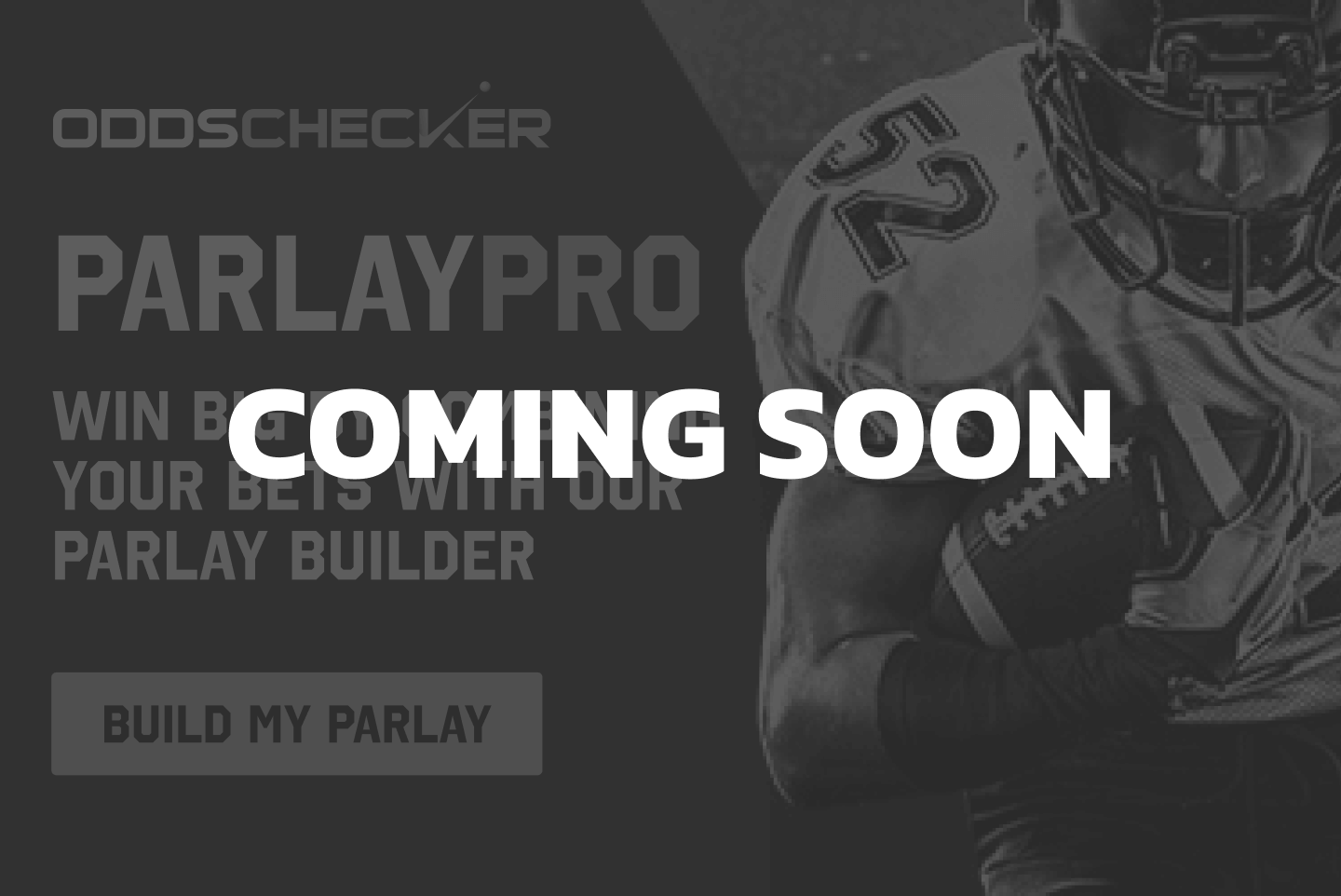User experience (UX) design is a crucial aspect of creating successful products, services, and applications. Good UX design means creating a product that is easy to use, efficient, and enjoyable. One way to improve UX design is to incorporate principles from psychology. By understanding how people think, feel, and behave, designers can create products that are more intuitive, engaging, and satisfying.
The sports technology industry is a rapidly growing sector that includes companies creating products and services related to sports performance, fitness, health, and wellness. This can include anything from wearable devices and mobile apps that track workouts, to virtual reality (VR) and augmented reality (AR) experiences that simulate sports environments. As the industry continues to expand, there is a growing need for UX designers to create products that are not only functional but also enjoyable to use.
The combination of sports technology and psychology can create truly innovative and impactful products. By incorporating psychological principles into UX design, sports technology companies can create experiences that are more engaging, motivating, and satisfying for users. This article will explore some of the key ways in which psychology can be used in sports tech UX design, and how these strategies can lead to more effective and enjoyable user experiences.
Understanding User Motivation
One of the keys to creating effective sports technology products is understanding what motivates users. People engage in physical activity and sports for a variety of reasons, from improving their health and fitness to competing with others or simply having fun. By understanding these underlying motivations, designers can create products that align with users’ goals and needs.
Self-determination theory (SDT) and its relevance to sports tech UX design
Self-determination theory (SDT) is a psychological framework that explains how people are motivated to pursue their goals. According to SDT, motivation is driven by three basic needs: autonomy (the desire to control one’s own behaviour and choices), competence (the desire to feel effective and capable), and relatedness (the desire to feel connected to others). When people are able to satisfy these needs, they are more likely to be motivated and engaged in their activities.
In sports tech UX design, SDT can be used to create experiences that support these basic needs. For example, a fitness app could offer users a range of workouts to choose from (autonomy), provide personalised feedback on their progress (competence), and allow them to connect with friends and other users (relatedness).
How sports technology companies have used SDT to improve user motivation
Many sports technology companies are already using SDT to improve user motivation and engagement. For example, Nike’s Training Club app allows users to choose from a variety of workout programs, each with different levels of intensity and equipment requirements. By providing users with choices and control over their workouts, the app supports their autonomy needs. The app also provides personalised feedback on users’ progress and achievements, which supports their competence needs.
Another example is Strava, a social network for athletes that allows users to track and share their workouts. Strava provides users with a sense of relatedness by allowing them to connect with friends and other users, share their achievements, and participate in virtual challenges and competitions.
By incorporating self-determination theory into sports tech UX design, companies can create products that are not only functional and informative but also enjoyable and motivating for users.
Attention and Perception in UX Design
Attention and perception are critical components of UX design. People are constantly bombarded with stimuli, and designers need to create products that stand out and grab users’ attention. By understanding how the brain processes visual and auditory information, designers can create experiences that are more engaging and effective.
How the brain processes visual and auditory information
The brain processes visual and auditory information in different ways. Visual information is processed in the occipital lobe, which is located at the back of the brain. The brain is very good at detecting and processing visual information that is salient (i.e., stands out from the background). Auditory information, on the other hand, is processed in the temporal lobe, which is located on the sides of the brain. The brain is better at processing auditory information that is predictable and rhythmic.
Designers can use these principles to create products that are more attention-grabbing and effective. For example, using bright, contrasting colours or bold typography can help visual elements stand out and be more easily processed by the brain. Using predictable rhythms or catchy music can help auditory elements be more easily processed and remembered.
How sports technology companies have used attention and perception principles to improve user experience
Many sports technology companies are already using attention and perception principles to improve user experience. For example, the Headspace app, which provides guided meditations and mindfulness exercises, uses simple and visually appealing graphics and animations to grab users’ attention and help them focus on their meditation. The app also uses predictable rhythms and soothing music to create a relaxing and immersive experience.
Another example is the Zwift app, which provides a virtual reality cycling experience. The app uses bright, contrasting colours and visually appealing graphics to create a stimulating and immersive environment. The app also uses rhythmic music and sound effects to help users feel like they are really cycling through different environments.
By incorporating attention and perception principles into sports tech UX design, companies can create products that are more engaging and effective. By understanding how the brain processes information, designers can create experiences that are more attention-grabbing, memorable, and enjoyable for users.
Emotional Design
Emotions play a critical role in the design of user experiences. Emotions can influence how users feel about a product, how they interact with it, and whether they continue to use it over time. Designers who understand how to create emotional connections with users can create products that are more engaging, memorable, and effective.
Emotional design and its relevance to sports tech UX design
Emotional design is a concept that refers to the practice of designing products that elicit specific emotions or feelings in users. Emotional design can be used to create products that are more engaging, more memorable, and more likely to be used over time.
In the context of sports technology, emotional design can be used to create products that motivate users to achieve their fitness goals, feel more connected to their sports community, or experience the thrill of competition. By understanding what emotions users are looking for in their sports experiences, designers can create products that elicit those emotions and create a stronger emotional connection with users.
How sports technology companies have used emotional design principles to improve user experience
Many sports technology companies are already using emotional design principles to improve user experience. For example, the Nike Run Club app uses gamification and social sharing to create a sense of community and friendly competition among users. Users can track their runs, compete with friends, and earn rewards for achieving their fitness goals. By tapping into users’ desire for community and competition, the app creates a more engaging and motivating experience.
Another example of emotional design in sports technology is the Peloton bike. The Peloton bike is not just a piece of fitness equipment, but also a community and experience. The bike allows users to take live and on-demand classes, with instructors who motivate and encourage users to push themselves. The bike also has a leaderboard that allows users to see how they stack up against other riders in the class, creating a sense of friendly competition and motivation.
The Peloton app also includes features such as personalised coaching, virtual high-fives from other riders, and the ability to follow friends and challenge them to workouts. By creating an emotional connection with users through motivation, competition, and community, Peloton has created a product that is not just a piece of fitness equipment, but a lifestyle and experience.
When designers understand the emotions users seek in their sports experiences, they can create products that foster a stronger emotional connection with users and motivate them to achieve their fitness goals. By leveraging emotional design in sports technology, companies can create products that not only provide functional benefits but also elicit positive emotional responses, leading to greater user satisfaction and loyalty.
Ethical Considerations in Sports Tech UX Design
Designing effective and engaging sports tech UX requires a deep understanding of user behaviour and psychology. However, using psychology to influence user behaviour raises ethical considerations and challenges for designers.
Potential negative consequences of using psychology in UX design
One of the potential negative consequences of using psychology in UX design is the manipulation of users without their informed consent. For example, using persuasive design techniques to nudge users to perform certain actions can be perceived as manipulative if users are not aware of it. Additionally, there is a risk of over reliance on technology, which can lead to a decrease in physical activity and social interaction.
Another challenge is the potential for biased or incomplete data analysis. Some user data collected by sports technology products, such as heart rate and sleep patterns, may be sensitive and require responsible handling to avoid harm or breach of privacy. Moreover, not all users are the same, and some design choices may disproportionately impact specific populations. For example, some features may not be accessible to users with disabilities or may discriminate against certain groups.
Ethical UX design practices
To mitigate these challenges and ethical considerations, designers should consider the following practices:
- Provide transparency and informed consent to users regarding how their data is being used and the use of persuasive design techniques.
- Foster diversity and inclusivity in the design process and ensure that products are accessible to all users, regardless of ability.
- Consider the long-term impact of products on users’ physical and mental health, and design with a user-centred approach that promotes healthy behaviour and positive outcomes.
By considering these ethical considerations and challenges, designers can create sports technology products that not only meet users’ needs and preferences but also respect their privacy and well-being. Designers have the responsibility to create products that promote health and well-being while upholding ethical standards, transparency, and fairness.
Incorporating psychology into sports tech UX design can lead to more effective, engaging, and personalised products. By understanding user motivation, attention, perception, and emotion, designers can create products that are more aligned with users’ needs, preferences, and goals.
The future of sports tech UX design lies in the continued use of psychology to create user-centred products that promote healthy behaviours and positive outcomes. As the field of sports technology evolves, designers must stay ahead of the curve and incorporate emerging technologies, such as AI and machine learning, to create even more personalised and effective products.
However, as the challenges and ethical considerations of using psychology in UX design become more apparent, designers must approach their work with a responsible and ethical mindset, prioritising the privacy, security, and well-being of their users.
Overall, the combination of psychology and sports tech UX design has the potential to revolutionise the way people approach fitness and health. By creating products that are tailored to users’ unique needs and goals, designers can help people lead healthier and more active lives.
If you already have an existing betting product or are a fresh-faced start-up, looking to explore AI opportunities, We’d love to hear from you. Get in touch today and let’s start exploring how we can help you leverage AI to transform your betting product and stay ahead of the competition.







